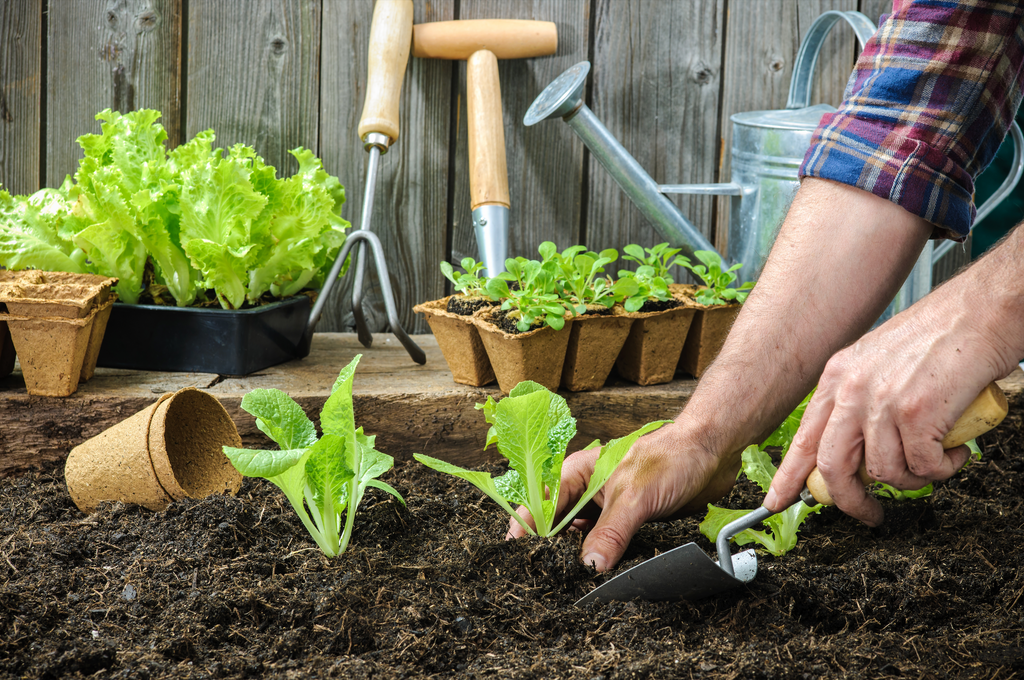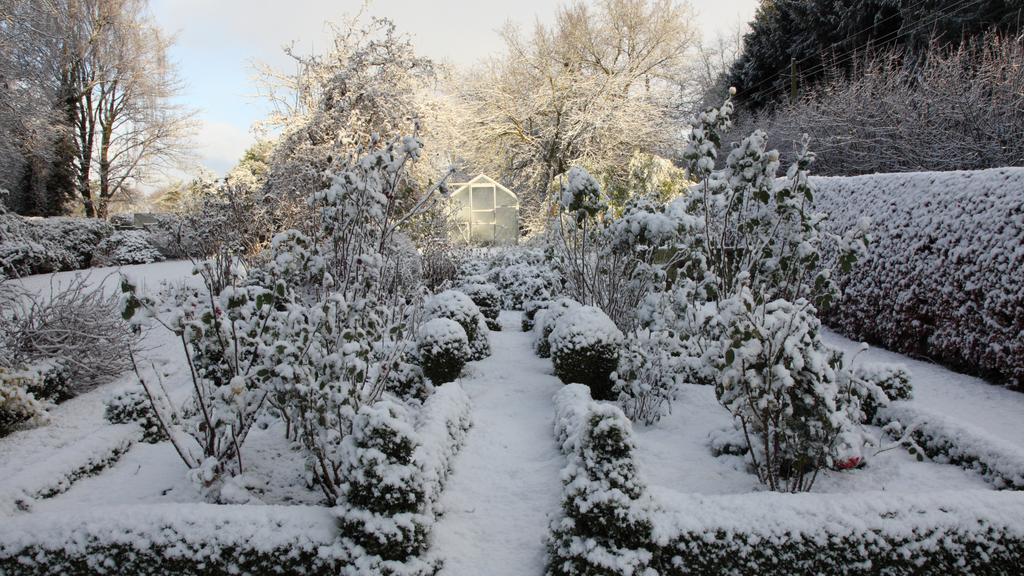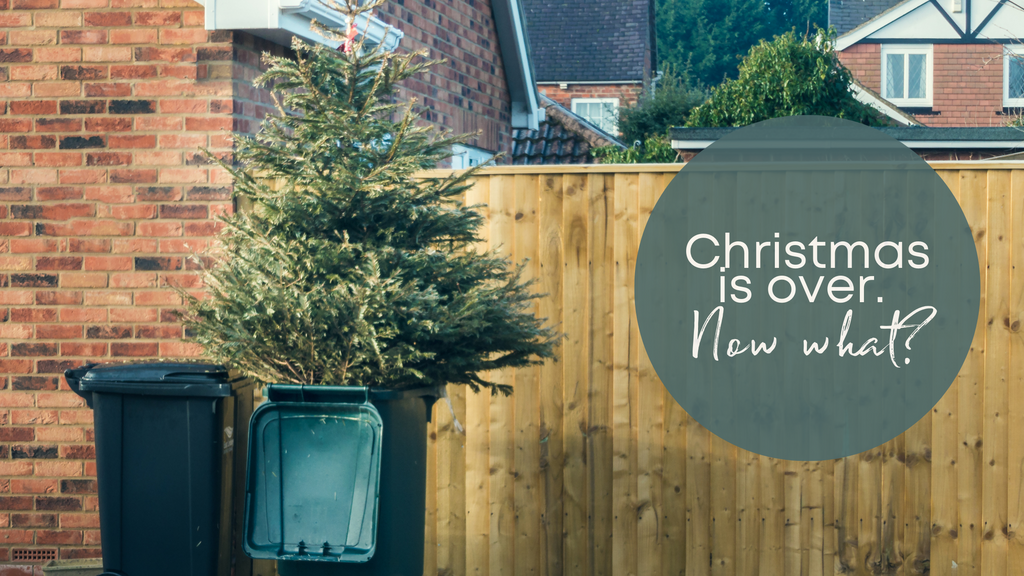
Summer Bedding Plants: Essential Guide & Catalogue


Spring is the most exciting time for gardeners who've been itching to get out into the warmer weather and prepare their green spaces for growth. It's also a time on the gardening calendar synonymous with planting out summer-flowering bedding plants with the promise of adding colour, height, shape and aromas to your beds. It's the chance to get almost immediate results with relative ease.
Before you run out in your straw hats, gloved up and armed with trowels, there's some prep work cut out for you. This is your Summer Bedding Plant Guide, encompassing top tips, helpful facts, pitfalls to avoid and our full catalogue.
Choose the best bedding plants for your garden from our inspirational selection at UCS Fresh Garden. It’s our widest selection yet, and you won’t find as big a range anywhere else!
WHAT to plant
Classic bedding plants widely seen in British gardens include Petunias, Marigolds, Sweet Peas, Busy Lizzies (Impatiens) and Surfinia. Some of the lesser-known plants like Snapdragons (Antirrhinum) also make an attractive addition to any garden. Begonias are incredibly versatile with their large flamboyant blooms that thrive in sun and shade, Sweet Peas are particularly picturesque, and sturdy Geraniums flower all through summer and last until the first frost.
Some bedding plants are easier to maintain than others. Geranium, Begonia and Nasturtiums are easy and undemanding. Petunia and Surfinia need lots of deadheading, French marigolds are slug magnets, and Sweet Peas are attention seekers. But don’t let that deter you – we have plenty of professional advice to ensure that they thrive.
Looking for fuss-free summer bedding? Perhaps the easiest to grow are Geraniums, which are not troubled by slugs, need only a modest amount of dead-heading, and are drought resistant. Geraniums will benefit from a feed but will still put on a good show without being fed.
HOW to prep your garden
Consider it a labour of love. In just a few steps, you can have your garden season-ready to ensure a bounty of blooms when the sun is up high and the days are merry.
Have your own planting calendar at the ready, as timing is everything in ensuring a glorious bounty of blooms.
Ensure your arsenal is stocked up with pruning clippers, gloves, spades, shovels, trowels, rakes and brooms. Then get to raking, weeding, pruning and clearing up. Speaking of pruning, here's everything you need to know.
A mindful and careful clean-up of your soil is best, as you try to preserve beneficial insects and their offspring that'll help your plants thrive. These are our recommendations for mulching and feeding.
WHEN to plant them, avoiding the biggest pitfall
You may have already ordered your bedding plants from our tantalising array, and indeed – we encourage you to do so, as stock of each variety is limited. However, avoid the temptation to plant them out just yet.
Because bedding plants are tender (which means they are not frost hardy), it's best to keep them inside until the risk of frost has passed - usually by the end of May.
You can plant them out earlier provided you are ready to cover with fleece or cloche in the event of a frost. Knowing if a plant is fully frost-hardy or not will also help when selecting plants for the garden.
The best solution is to shelter the plants under glass in the greenhouse or lean-to. You can even plant up a hanging basket or tub, giving the plants time to settle and establish roots in the container. Towards mid-May, move the containers outside, starting on milder days, and leave them out for longer as the weather improves. When they're out all the time and fully accustomed to the weather, plant them out as planned.
WHERE to plant them
Bedding plants are suitable for a wide range of spaces including borders, beds, containers, window boxes and baskets, just so long as the soil is well-draining, and they are preferably in a position of full sun, however some will cope with partial shade. Needless to say, it’s a good idea to choose a range of flowers that all prefer similar growing conditions.
Bedding plants are perfectly versatile in adding seasonal displays to beds and borders.
You may not even realise that you’re a Successional Planter – meaning that you change your bedding displays twice a year, replanting in late spring (for summer) and early autumn (for winter/spring).
In this case, Begonias, Salvia (Sage) or Verbena are perfect for the summer; then opt for Cyclamen, Pansies and Viola in the winter months for colour and interesting foliage.
For formal bedding designs, consider Dahlias, Geraniums and Salvias. And for the informal garden, toss straight lines and symmetry aside and have fun!
HOW to plant them
Give your newly-bought plants a good watering before planting. Submerge the whole pot, root ball included, in a bucket of water and leave it for a couple of minutes to thoroughly soak through.
After prepping the soil according to our guidelines, plants should be spaced around 15-30cm (6-12in) apart. You’ll need to take into consideration the size and maturity of the plants you've bought. If you’ve ordered yours from UCS Fresh Garden, they’ll be established plants.
Create holes to accommodate the size of the root ball and place your plants into the holes so that the top of the root ball is level with the soil. Gently firm the plants in.
Then it’s time to water thoroughly to settle the soil into place.
Caring for your plants
Watering
Summer bedding plants require watering every day, particularly if they are growing in containers and baskets. They should not be allowed to dry out, as this will result in your plants wilting and possibly dying.
Feeding
The nutrients in your containers last four to six weeks, so they’ll need replenishment with compost. To flourish, bedding plants require a regular feed of nutrients throughout summer. Consider a potassium-rich feed, applied once a week.
Like puppies who seem to double in size overnight, bedding plants have to grow a lot and produce lots of flowers quickly in just a matter of months. It follows they will do best in good compost and will always benefit from feeding during the growing season.
Deadheading
As soon as any flowers fade, make sure to pinch off the flowerheads. This will encourage your plants to produce even more flowers, as they are not wasting their energy-producing seeds, giving you months and months of colourful blooms. Removing dead, crusty flowers will also make your displays look more polished overall.
If bedding plants are not dead headed, they will stop flowering earlier in the season.
Pinching out growing points
Lots of stems and not enough flower? Most bedding plants, left to their own devices, have a tendency to become “leggy.” Prevent this by "pinching out" the growth point to make the plant bush, rather than allowing the tendrils to grow out.
Protection from pests
Some summer bedding plants are suckers for slugs. Petunias and Bizzie Lizzies (Impatiens) and French Marigolds will need slug protection, such as pellets or slug traps. Also consider mixing tubs of bedding with less hardy perennials such as French lavender which is less attractive to slugs.
If you want to grow slug-resistant bedding, consider Geraniums, Begonias, Fuchsias and Snapdragons (Antirrhinums).
But don’t miss out on your most desired bedding plants just because of a sluggish threat. Accept you will lose some plants and have some "spares" in the greenhouse.
UCS Fresh Bedding Plants: Catalogue
Choose the best bedding plants for your garden from our inspirational selection at UCS Fresh Garden. Keep an eye on our “New Arrivals” collection for plants ready for delivery to your door, and our “Summer Bedding Pre-Order” collection to place your orders on limited stock that will be arriving soon.
Time to get planning, purchasing, prepping and planting!







